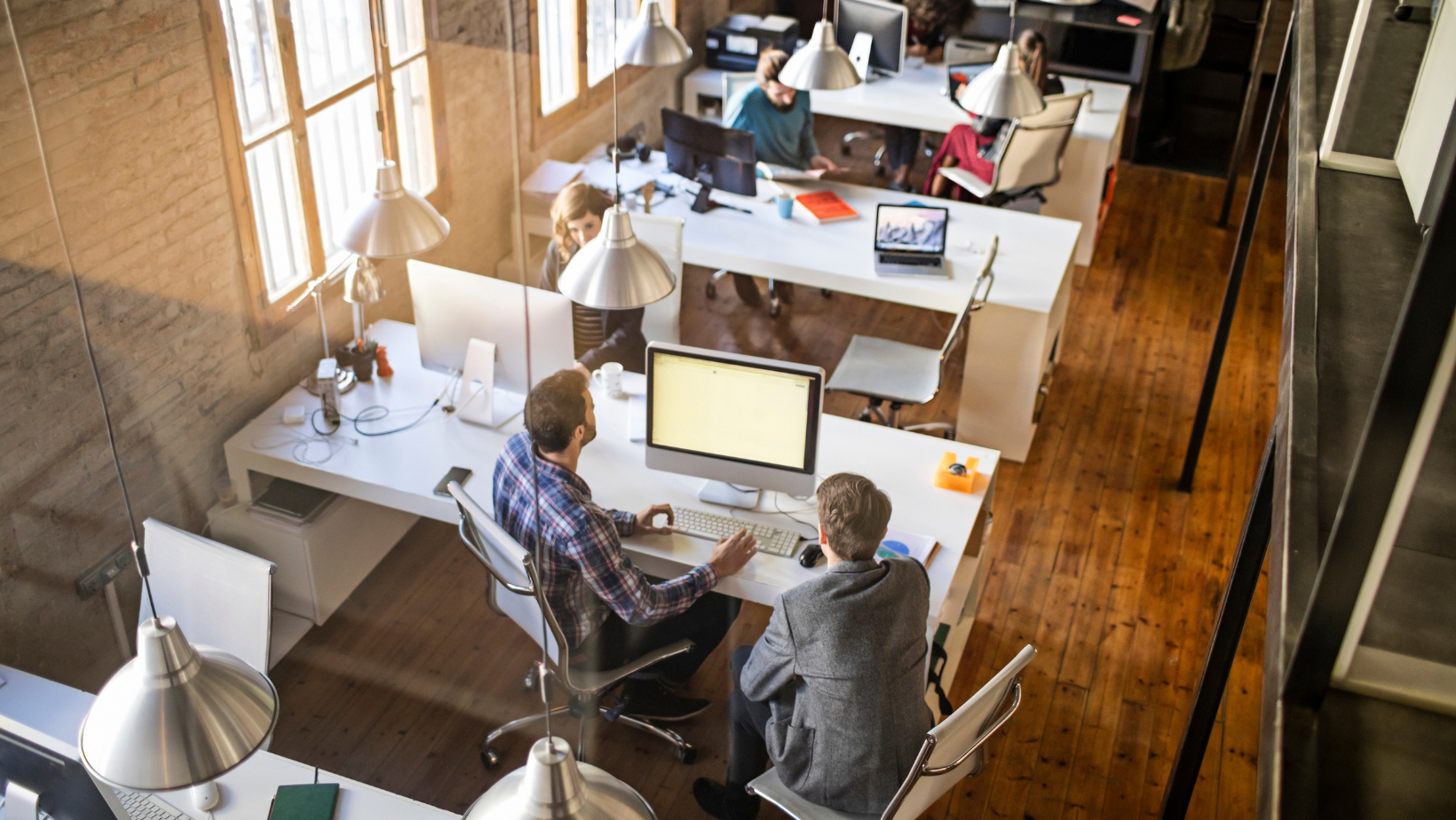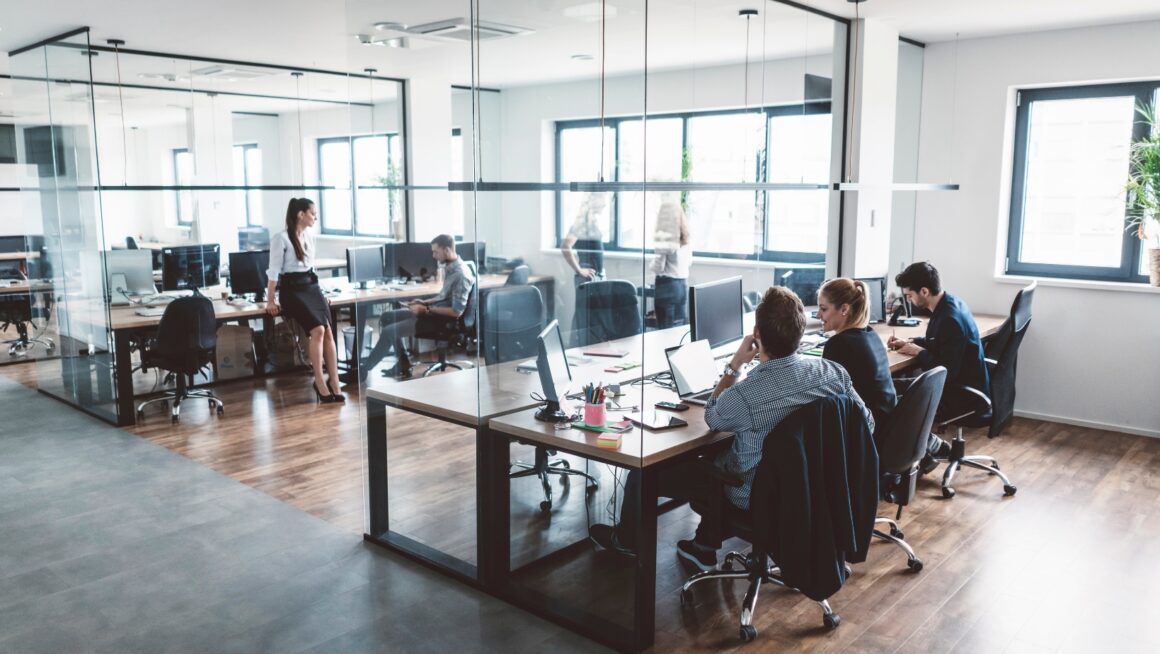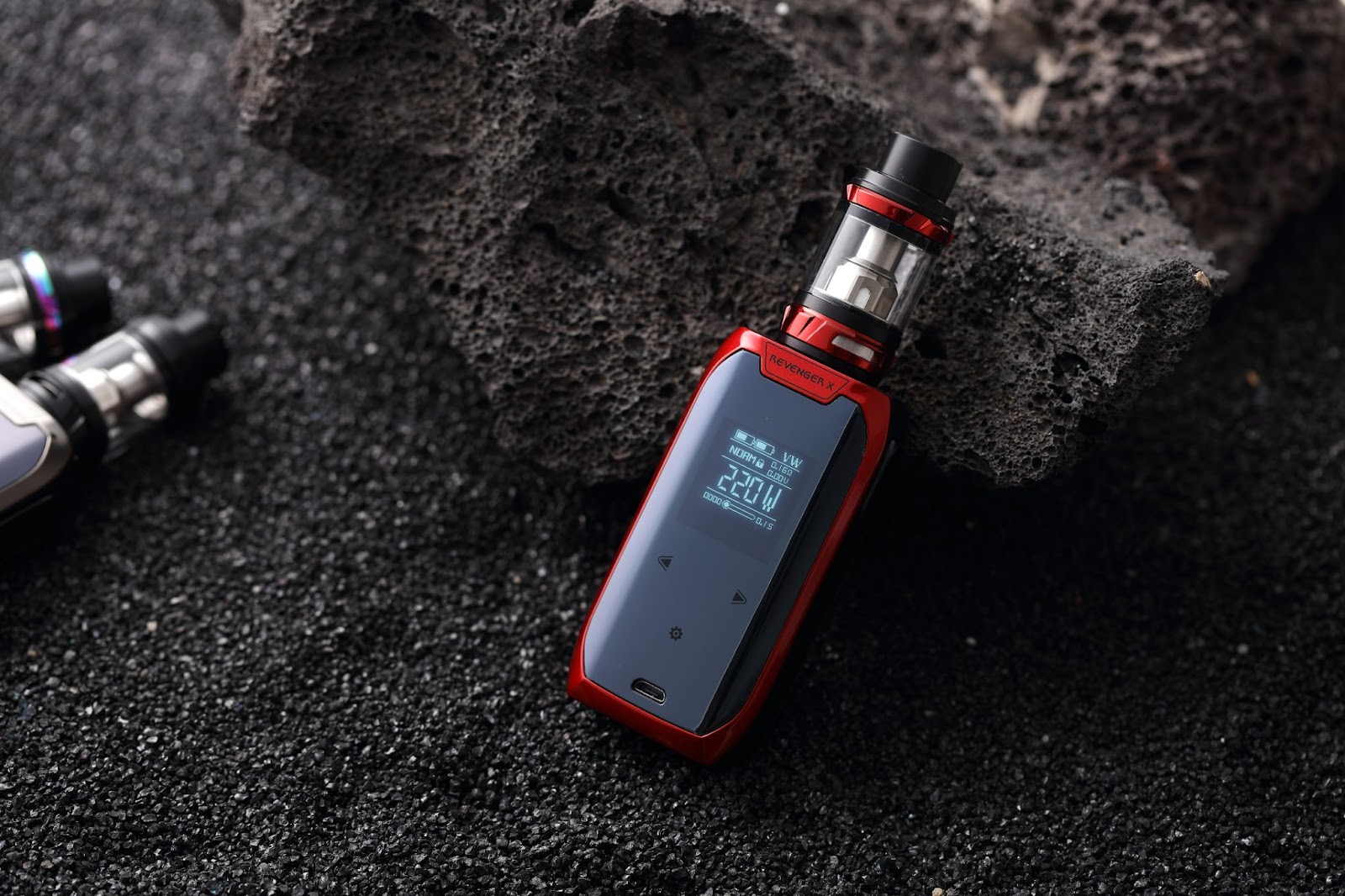Table of Contents
- Open Floor Plans Aren’t The Answer—But Here’s What Is
- The Coffee Station Glow-Up: Why It’s More Than a Perk
- Sitting Is the New Smoking—So Let’s Fix How We Move
- Air, Light, and Noise: How the Environment Affects Your Brain
- Mental Health Starts With How the Office Feels
- Build Spaces People Actually Want to Work In
Offices aren’t dead, but the way they’re designed might be killing your team’s ability to thrive. Think about it—most workspaces still feel like relics of an era where sitting for eight hours under fluorescent lights was a badge of honor. Newsflash: It’s 2025, and employee health isn’t just about gym memberships or snack stations. If you’re not prioritizing spaces that actually make people feel good, you’re just pushing productivity uphill.
The modern office needs more than a ping-pong table and a token plant in the corner. It’s about real environments that boost energy, reduce stress, and make work feel… human. You know, the way it should be. So, how do you build spaces that keep employees happy, engaged, and coming back for more? Let’s dig in.
Open Floor Plans Aren’t The Answer—But Here’s What Is
Remember when everyone thought tearing down walls would create a workplace utopia? Surprise: cramming everyone into one giant room didn’t magically boost creativity—it boosted noise, stress, and awkward small talk. Turns out humans need more balance.
The key to a healthier, more productive office isn’t an open floor plan—it’s flexibility. Quiet zones for deep focus, collaboration nooks for brainstorming, and cozy spaces for impromptu chats give employees options. Design matters here. Think smart acoustics (no one likes a loud talker two desks over) and intentional layouts. Movable walls, pods, or rooms with adjustable lighting mean employees get the environment they need when they need it. A floor plan that respects actual human behavior is the first step to offices that work.
The Coffee Station Glow-Up: Why It’s More Than a Perk
Here’s the thing: good coffee is non-negotiable. But in a modern office, it’s more than just fuel—it’s a reason for employees to move, take a breather, and connect. And yeah, having high-quality espresso machines is key. It sounds simple, but it’s not just about caffeination; it’s about culture.

The coffee station is where teams linger, chat about life, and build trust. In a world where everyone’s glued to their screens, these micro-breaks are priceless. High-quality coffee also signals to employees that their health—and yes, their taste—matters. A good espresso machine doesn’t just make better lattes; it encourages movement, mindfulness, and moments of connection. For employees slogging through afternoon lulls, it’s a small thing that changes everything.
And let’s not ignore the productivity kicker. A shot of espresso (or a perfectly brewed pour-over) doesn’t just power through fatigue; it sparks focus and resets brain fog. That’s a win, any way you look at it.
Sitting Is the New Smoking—So Let’s Fix How We Move
If your office is stuck in the stone age of chairs and static desks, it’s time for a wake-up call. Sitting for hours on end wrecks focus, posture, and, well, general health. You don’t have to make everyone stand all day, but giving people ways to move throughout their workday makes a huge difference.
Enter ergonomic furniture, adjustable desks, and setups that encourage movement. Employees who can switch between sitting, standing, or even leaning are naturally more alert and less likely to nod off mid-meeting. Walking paths or subtle stretches integrated into the work environment (hello, standing huddle meetings) make movement feel natural—not forced. Even something as low-tech as encouraging walking meetings can shake off the sluggishness of a long afternoon.
If we’re talking tech, apps that make office work easier can also remind employees to take movement breaks or log steps. Pair that with healthier workstations, and you’re giving people fewer reasons to feel like stiff robots by 5 PM.
Air, Light, and Noise: How the Environment Affects Your Brain
You can’t ignore the invisible stuff. Poor air quality, fluorescent lighting, and constant noise suck the life out of employees faster than bad coffee. People work better in spaces that feel, well, human. Natural light isn’t just nice to have—it’s a productivity superpower. Research backs it up: exposure to daylight improves focus, reduces eye strain, and even helps regulate sleep.
Air quality is another sneaky productivity killer. Stuffy offices filled with recycled air mean sluggish, unfocused brains. Investing in air purifiers or ventilation systems sounds boring, but the payoff? People who actually feel awake while they work.

And let’s not forget the noise. It’s not just about volume—it’s about control. Some employees thrive with background chatter; others need silence to focus. Soundproofing materials, quiet zones, or even noise-canceling tech offer everyone a little relief. When the environment feels good, people don’t even think about it—but you’ll see the results in what they produce.
Mental Health Starts With How the Office Feels
Mental health in the workplace isn’t just about wellness programs or stress seminars. It’s baked into the way the office feels. A space that prioritizes comfort, natural elements, and thoughtful design makes employees feel valued. It’s as simple as making sure people have room to breathe—literally and figuratively.
Natural elements are huge here. Plants aren’t just trendy; they’re productivity powerhouses. Studies show that greenery reduces stress, boosts mood, and makes people happier to be in their environment. Throw in cozy areas for breaks—think couches, soft lighting, and spaces that feel more like home—and you’re creating an office people don’t dread walking into every morning.
And let’s not ignore boundaries. Offices designed with mental health in mind offer a balance of private and communal spaces, so employees aren’t constantly “on.” When the physical environment respects mental space, employees naturally perform better.
Build Spaces People Actually Want to Work In
A healthy office is one people choose to spend time in. That means thoughtful design, small upgrades that make life easier, and environments that actually make employees feel human. The modern office isn’t about perks or trends; it’s about creating spaces that respect people’s health, energy, and well-being. Build that, and you won’t need to convince anyone to show up—they’ll want to.






